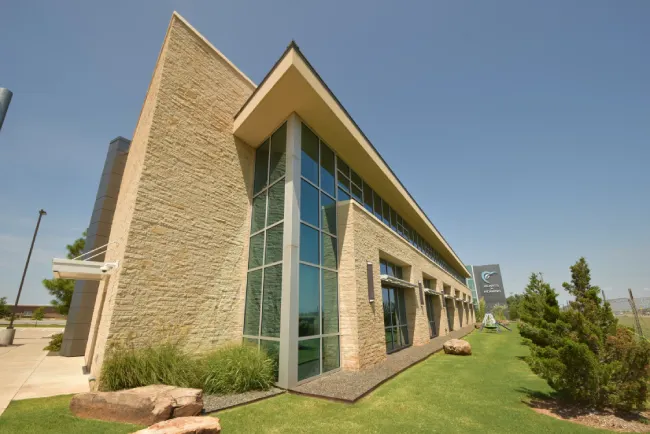The landscape of commercial architecture is in constant evolution, with the materials used in construction playing a pivotal role. As we venture deeper into the 21st century, the choice of building materials reflects not only aesthetic preferences but also technological advancements and a growing commitment to sustainability.
The Evolution of Building Materials in Commercial Architecture
Tracing the journey from traditional brick and mortar to today's high-tech materials, commercial architecture has seen a remarkable transformation. Modern designs now prioritize materials that marry form and function, embracing both innovative technologies and environmental responsibility.
Sustainability and Eco-friendly Materials
Green architecture is no longer a niche; it's a necessity. This shift has significantly influenced material selection, with a growing preference for recycled and renewable options. Sustainable materials like reclaimed wood, recycled metal, and bamboo are gaining popularity, not just for their minimal environmental impact but also for their aesthetic appeal and durability.
Smart and Adaptive Materials
The future of commercial architecture lies in materials that adapt and respond to external conditions. Phase-changing materials, for instance, can alter their properties to save energy, regulate temperature, and enhance the building's overall efficiency. Moreover, the integration of technology into building materials is paving the way for structures that are not just spaces but smart, interactive environments.
Natural Meets Modern: Biophilic Design Materials
There's an increasing desire to infuse urban structures with elements of nature – a practice known as biophilic design. This approach uses materials like natural stone, wood, and even living plants to create spaces that promote well-being and productivity. These elements forge a connection between nature and the urban environment, enhancing the human experience within commercial spaces.
Durable and Low-maintenance Materials
In the bustling realm of commercial architecture, materials that stand the test of time are invaluable. Long-lasting solutions like fiber-cement, stainless steel, and advanced concrete mixes offer the durability needed for high-traffic areas. These materials strike a balance between aesthetic appeal and functional longevity, ensuring that structures not only look good but also maintain their integrity over time.
Transparent and Translucent Materials: The Play of Light
The use of glass, acrylics, and translucent polymers in commercial architecture is not just about aesthetics; it's about harnessing natural light. These materials help create bright, airy spaces that are inviting and energy-efficient. They also offer privacy while maintaining a sense of openness and connection to the outside world.
Modular and Prefabricated Components
Modular construction is revolutionizing the way commercial buildings are created. Prefabricated components, designed for quick assembly, reduce construction time and costs. This approach also allows for greater precision and quality control, as components are crafted off-site under controlled conditions.
Acoustic Materials: The Sound of Modern Design
As open-concept designs become more prevalent, managing sound in commercial spaces is increasingly important. Materials that absorb, reflect, or diffuse sound help balance the need for open, collaborative environments with the necessity for acoustic comfort. This trend reflects a growing awareness of the role that sound plays in creating functional and comfortable commercial spaces.
Texture and Tactility: Sensory Engagement in Design
Contemporary design is embracing materials that offer a sensory experience – those that are not only visually appealing but also tactilely engaging. Textured metals, ridged glass, and patterned concrete are examples of materials that add depth and character to commercial interiors, engaging the senses and enhancing the user experience.
The Future of Building Materials in Commercial Architecture
As we look forward, it's clear that the trends in building materials will continue to evolve, influenced by technological advancements, environmental concerns, and changing aesthetic preferences. The future will likely see an even greater emphasis on sustainability, adaptability, and sensory engagement.
For architects and builders, staying abreast of these trends and experimenting with new materials is crucial. The materials of today are shaping the commercial architecture of tomorrow, and their thoughtful selection is key to creating spaces that are not only functional and beautiful but also sustainable and forward-thinking.








![All About Soil Compaction: Causes, Challenges & Solutions [A Guide]](https://4445234.fs1.hubspotusercontent-na1.net/hub/4445234/hubfs/Imported_Blog_Media/plants-2411458_1920-1024x683.jpg?width=725&name=plants-2411458_1920-1024x683.jpg)
